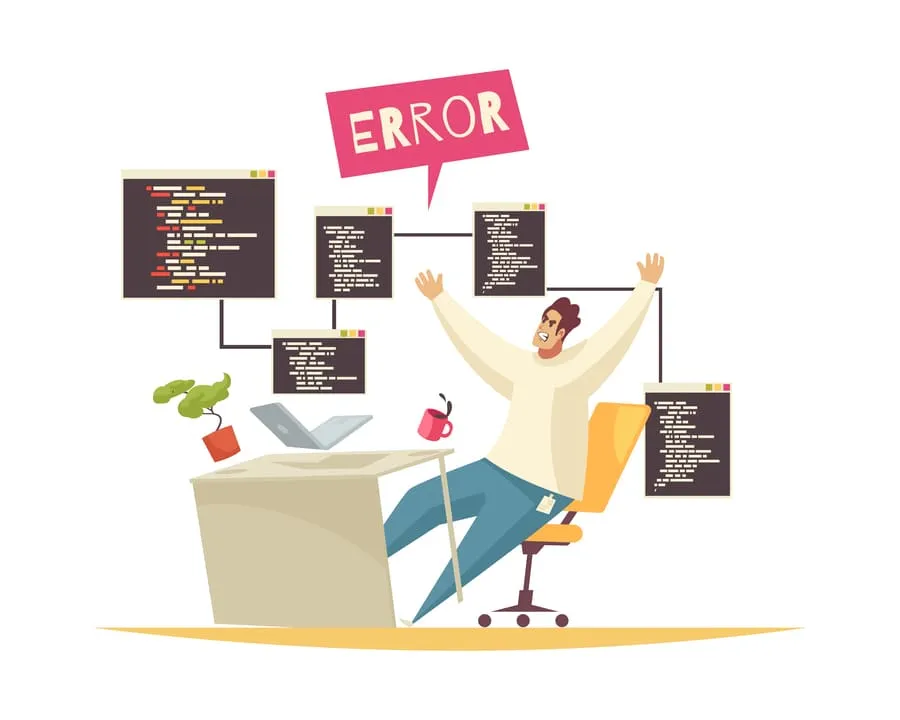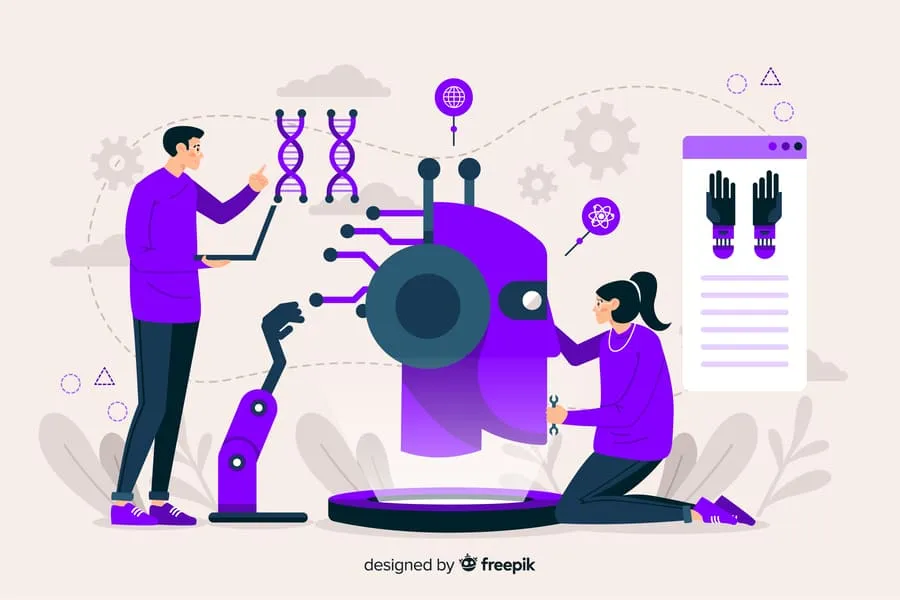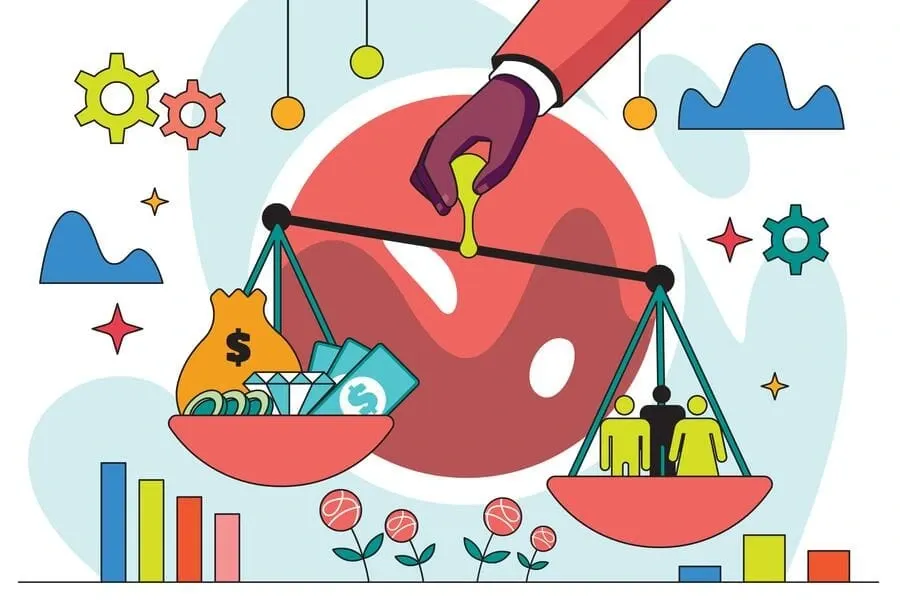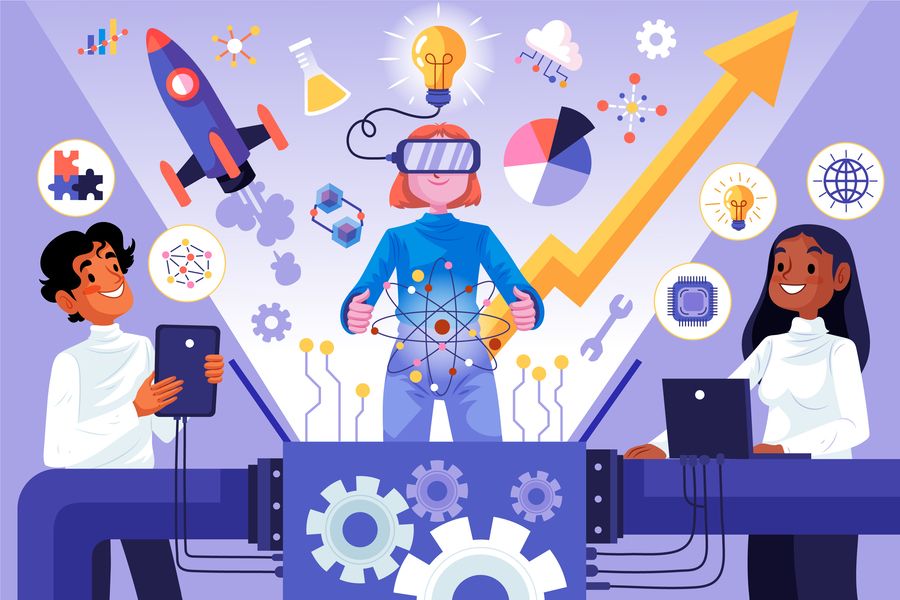AI Failure: Understanding the Challenges, Disasters, and Remedies

What is AI failure? It happens when AI projects fail to deliver ROI, stall in pilots, or cause unintended risks. Causes include messy data, misaligned goals, poor adoption, and brittle models.
Why it matters: The costs include wasted investment, compliance risks, reputational damage, and missed opportunities.
The Rise and Risks of AI: Why Discuss AI Failure?
AI adoption is surging across industries, but success rates lag behind the hype. This section explains the scale of investment, the persistence of high failure rates, and why leaders must plan for downside risk—not just upside potential.

AI is embedded across industries, but failure rates exceed 80%. A 2025 MIT report found 95% of generative AI pilots failed to deliver ROI.
The Different Dimensions of AI Failure
AI projects can falter in multiple ways—technically, operationally, ethically, or commercially. Understanding these dimensions helps teams diagnose issues faster and design safeguards before launch.

- Technical: Faulty predictions, unreliable outputs.
- Business: No ROI or strategic alignment.
- Ethical/Social: Harm via bias or privacy violations.
- Operational: Collapse in real-world use.
Famous AI Disasters: Real-World Examples
High-profile failures reveal predictable patterns—biased data, shifting markets, weak oversight, and overconfidence. These case studies show what went wrong and the concrete lessons teams can apply.

Amazon’s Recruiting AI
Favored male candidates—shut down in 2017. Lesson: training data mirrors bias.
Zillow’s Home-Buying AI
Overestimated prices—lost $500M+. Lesson: flawed data ruins predictive models.
Air Canada’s Chatbot
Misquoted refund policy, leading to lawsuit. Lesson: chatbots need oversight.
Apple Intelligence
Generated misleading summaries in 2025. Lesson: hallucinations damage trust.
Why Do AI Projects Fail? Root Causes
Most failures stem from a handful of fixable issues: data quality, misaligned goals, organizational resistance, and technical limits. Addressing these early prevents costly rework later.

Bad Data
Incomplete, biased, or drifting datasets lead to poor results.
No Clear Objectives
“AI for AI’s sake” fails without ROI goals or workflow alignment.
Hype & Unrealistic Expectations
Overpromises lead to disappointment.
Cultural Resistance
Lack of buy-in, low literacy, siloed teams stall adoption.
Technical Limits
Black-box systems, fragility, adversarial risks.
The Cost of AI Failure
When AI misfires, the damage is multi-dimensional—financial, legal, operational, and reputational. This section quantifies the downside and underscores the need for risk budgeting.

- Financial losses: e.g., Zillow’s $500M+ hit.
- Job cuts: Layoffs tied to failed projects.
- Lawsuits: Air Canada chatbot case.
- Regulatory scrutiny: EU AI Act penalties.
- Reputation damage: Lost trust, slow recovery.
Prevention: How to Avoid AI Failure
Resilient AI comes from disciplined execution: clear business value, strong data foundations, human oversight, and continuous monitoring. Use these practices as your implementation checklist.

Planning & Implementation
- Define clear business problems with measurable goals.
- Invest in data governance and diverse datasets.
- Adopt agile, iterative development with user input.
Teams & Culture
- Cross-functional teams and AI “translators.”
- Foster AI literacy and open reporting.
Governance & Ethics
- Audit trails, explainability, compliance monitoring.
- Embed ethics by design.
Continuous Monitoring
- Track drift, anomalies, and issues in real time.
- Use rollback plans and iterative reviews.
The Future of AI: Learning from Failures
Failure data is fuel for progress. As standards harden and explainability improves, organizations can turn missteps into institutional knowledge and competitive advantage.

- Stronger standards & governance roles.
- More realistic executive expectations.
- Advances in explainable AI.
- Shared reporting of failures to build resilience.
Turning AI Failure Into Sustainable Success
Treat AI as a product, not a project. With clear goals, robust oversight, and an adaptive culture, teams can convert today’s risks into tomorrow’s breakthroughs.

Most AI failures stem from poor data, unclear goals, weak governance, and hype. By learning from disasters like Amazon, Zillow, and Apple, businesses can anticipate red flags.
Sustainable success requires data excellence, clear objectives, robust oversight, and adaptive culture. AI won’t replace judgment—but it can empower it.





